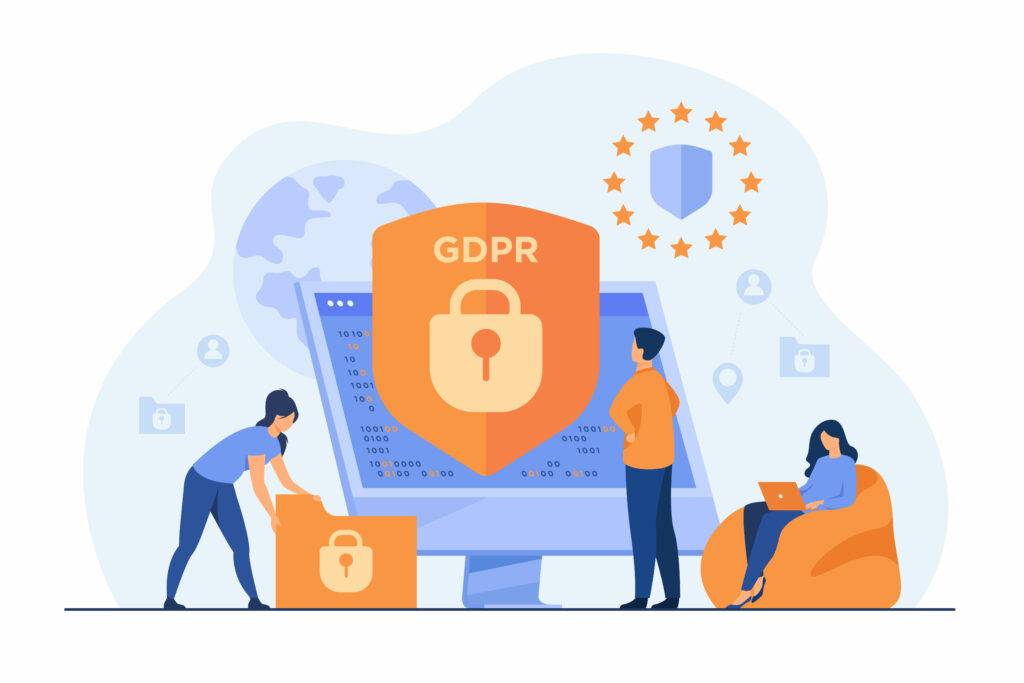One of the most important things for businesses to consider in the GDPR era is how they collect, store, and use personal data. Server-side tagging is one method for ensuring compliance with these regulations.
Server-side tagging is a method of tracking website visitors and collecting data about their behavior that does not rely on cookies or other client-side methods. This has a number of advantages over traditional client-side tagging methods.
Server-side tagging enables more precise data collection.
Because the data is collected on the server, it is not restricted in the same way that client-side methods are, such as browser blocking or cookie deletion. This means that businesses can be confident that they are getting a complete picture of the behavior of their website visitors.
Server-side tagging is safer
Because the data is stored on the server, it is inaccessible to hackers or other malicious actors attempting to steal personal information. This means that businesses can be confident that the data of their website visitors is safe and secure.
GDPR compliance is improved with server-side tagging. Because the data is collected on the server, it is not subject to the same limitations in data collection and storage as client-side methods. This ensures that businesses are collecting, storing, and using personal data in accordance with GDPR.

More benefits of server-side tagging in the GDPR era
Greater flexibility in data management: Because the data is collected on the server, businesses have more control over how the data is collected, stored, and used. This can assist businesses in optimizing their data management strategies and ensuring GDPR compliance.
Improved user behavior tracking: Server-side tagging enables more sophisticated tracking of website visitors’ behavior, such as the pages they visit, how long they stay on the site, and the actions they take. This can provide valuable insights into how a company’s website is being used, which can be used to improve the user experience and increase conversions.
The ability to track users across multiple devices: Because the data is collected on the server rather than through cookies or other client-side methods, server-side tagging enables businesses to track users across multiple devices. This can assist businesses in better understanding the customer journey across multiple devices and making more informed decisions about how to optimize their marketing and sales efforts.
Finally, server-side tagging is an efficient way for businesses to track website visitors and collect data about their behavior while remaining GDPR compliant. This method provides more accurate data collection, greater security, and greater GDPR compliance. Server-side tagging should be considered as part of a company’s overall data management strategy.